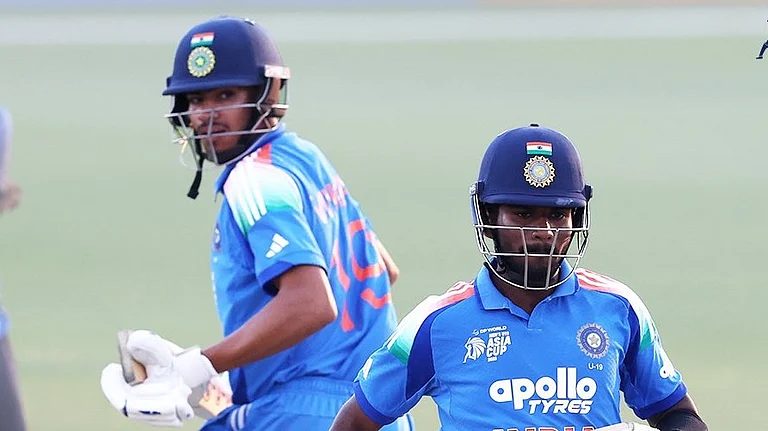- Store water in containers with tight fitting lids
- Empty coolers, or put kerosene in water in cooler tanks
- Empty animal water bowls
- Empty vases, or change water in them every day
- Empty water drip tray under the refrigerator
- Use repellent cream on exposed areas of skin
- Use anti-mosquito mats, coils or vapourisers in rooms
- Use mosquito nets to protect children and elderly who sleep during the day
- Dress to cover arms and legs
- Treat curtains with insecticide
- Homoeopaths say Eupatorium perfoliatum 200, taken twice daily for 3 days and then 2 doses a week at 3-4 day intervals, is believed to be a preventive
- High fever, 103-105 degrees, severe headache and pain in joints, with or without swelling, nausea, vomiting, rashes
- Symptoms appear 3-7 days later l Fever lasts less than a week, but in some cases joint pains and swelling persist for several weeks (in chikungunya up to a year)
- If fever persists for 48 hours, see a doctor, test blood for signs of dengue
- Hospitalisation is recommended if patient's platelet count falls below 50,000 or if there are alarming symptoms like bleeding and rashes. Most dengue cases can be treated at home.
- There is no vaccine (experts say it may take 10 years for a dengue vaccine to be developed), most antibiotics are useless, unless there are secondary infections
- Take rest, have nutritious diet and plenty of fluids
- Protect infected person from being bitten, to prevent further spread of the diseases
- Take paracetamol for fever and pain, but not Aspirin or Brufen, as they could increase the risk of bleeding in dengue
- To prevent dengue haemorrhagic fever in dengue sufferers, homoeopathic remedy of Ipecac in 200 potency given twice a day for 3 days, and 2 doses a week thereafter is believed to be effective.
- Sudden drop in fever after 3-5 days is a sign that patient may be getting worse, not better, and needs careful monitoring
- If accompanied by severe pain in abdomen and persistent vomiting, patient must be hospitalised immediately
- Even more dangerous: bleeding from any site—for example, bleeding under the skin appearing as small red or purplish spots, nose bleed, gum bleeds or passage of black stools. The patient should be hospitalised before bleeding gets under way, not after.
- Most dangerous of all: dengue shock syndrome, indicated by excessive thirst, pale and cold skin (due to very low blood pressure), restlessness.
- In hospital, platelet counts and haematocrits should be monitored repeatedly, and IV fluids, blood or platelet transfusion given promptly as required. Platelet transfusions are necessary when the platelet count falls to about 40,000 (with bleeding) or about 10,000 (without bleeding).


























